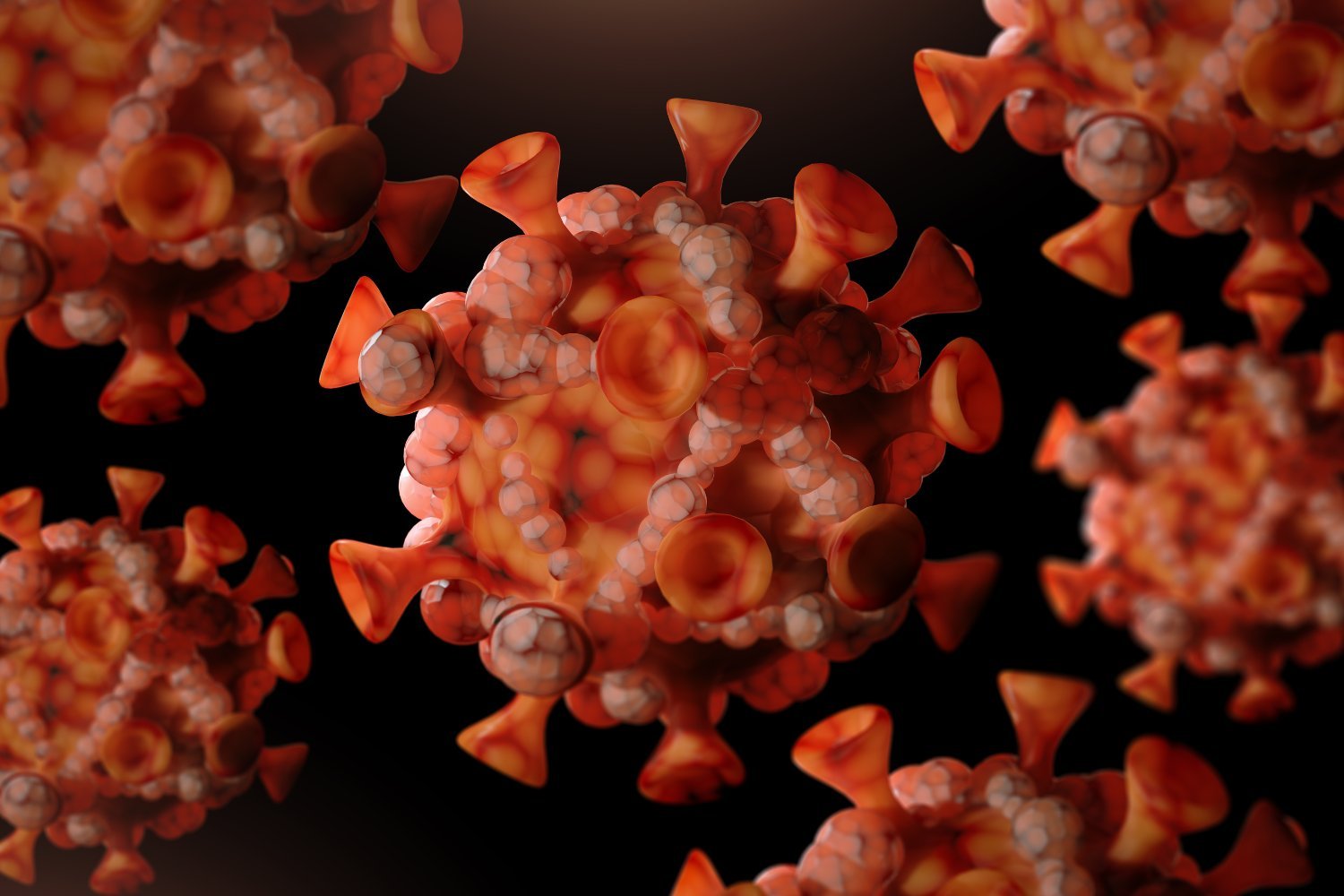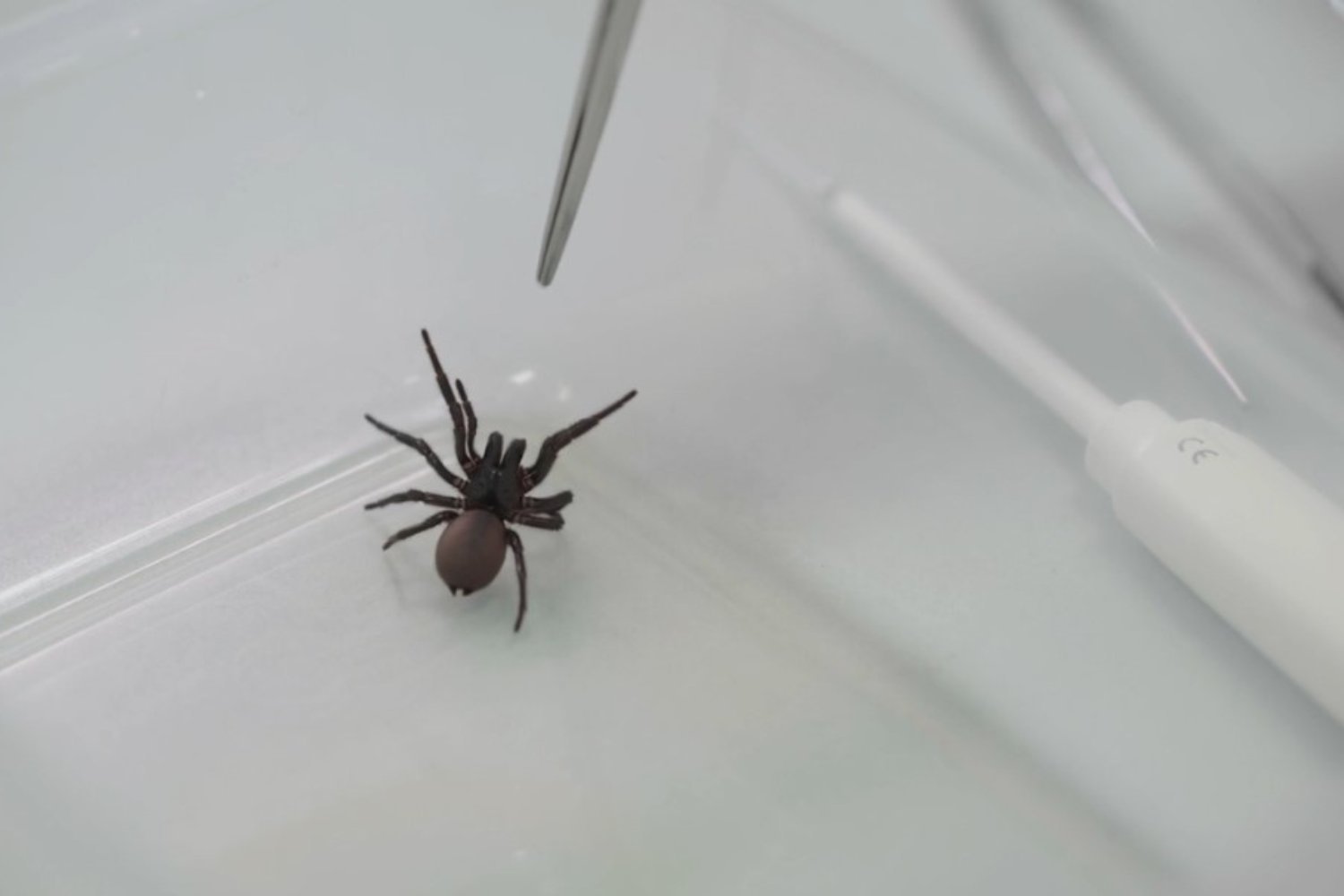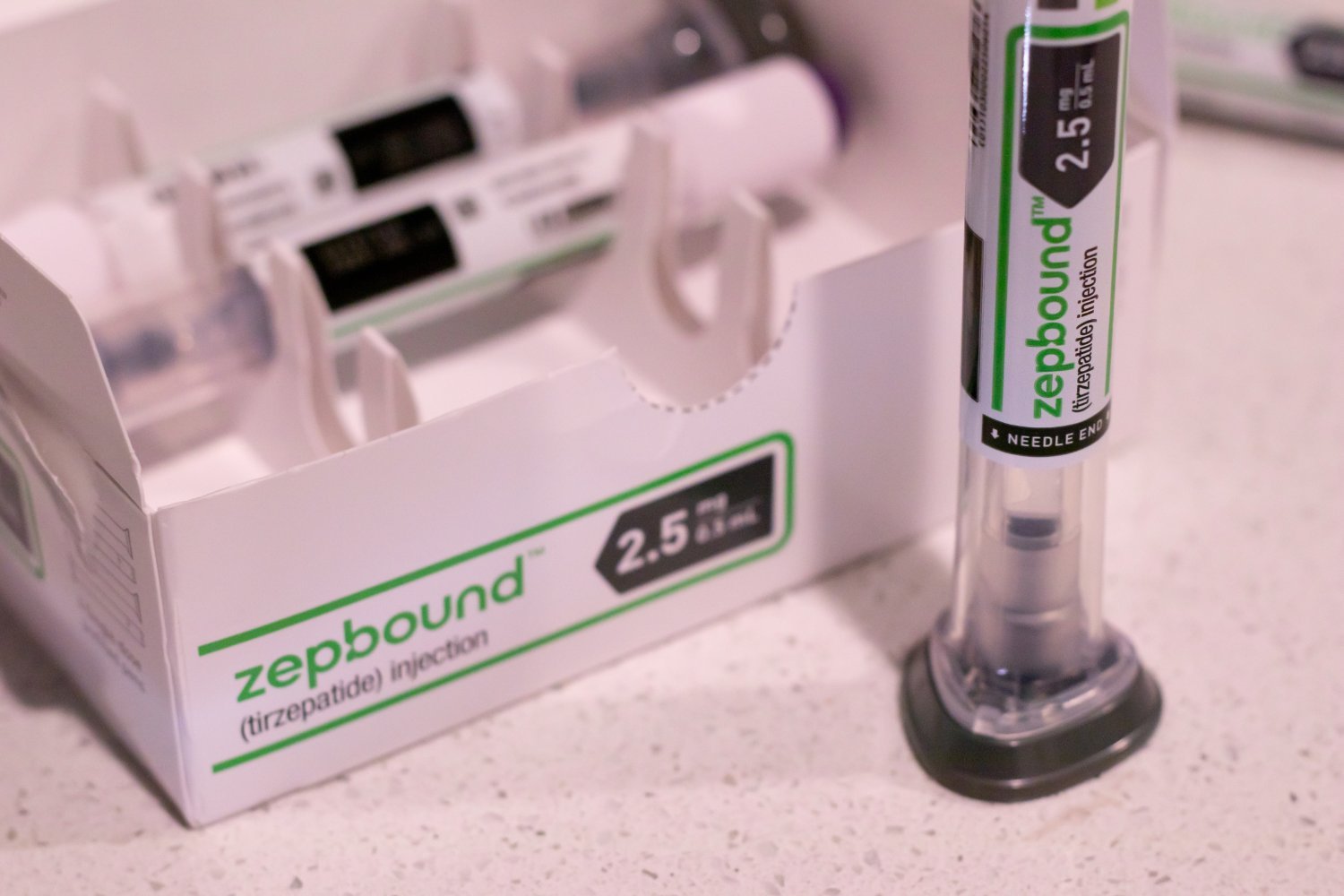Allergies, particularly those that cause a runny nose, affect a large portion of the population. Recent research has uncovered a potential link between nasal fungi and the severity of these allergies, as well as their connection to asthma. This groundbreaking study offers new insights into the complex interplay between the nasal microbiome and respiratory health.
The study, published in Frontiers in Microbiology, reveals distinct differences in the fungal communities residing in the noses of individuals with allergies and asthma compared to those without symptoms. Researchers analyzed nasal swabs from over 300 participants, including patients with allergic rhinitis and/or asthma, and a control group of healthy individuals. DNA sequencing of the fungal samples unveiled a striking pattern.
The noses of patients experiencing allergy symptoms, medically termed allergic rhinitis, exhibited significantly higher fungal diversity and a different community structure than their healthy counterparts. This increased diversity suggests that allergic rhinitis may alter the composition of the upper airway microbiome. Furthermore, the link between allergic rhinitis and asthma, both involving inflammation and airway obstruction, strengthens the hypothesis that these conditions may share an underlying cause.
Researchers identified common fungi known to trigger allergies or act as opportunistic pathogens in all samples. However, the patients with allergic rhinitis and asthma had richer and more diverse fungal communities. This finding reinforces the nasal cavity’s role as a reservoir for opportunistic pathogens implicated in these respiratory conditions.
The study also revealed evidence suggesting that the fungal communities in patients with both allergic rhinitis and asthma influence the immune environment within the nose. A notable finding was a surplus of 5-aminoimidazole ribonucleotide (AIR), a compound involved in energy metabolism and DNA synthesis, in the noses of these patients. This discovery points towards a potential target for future therapeutic interventions.
Further research is needed to fully understand the relationship between AIR and the development or treatment of allergies and asthma. The research team intends to conduct follow-up studies, offering hope for improved diagnosis and treatment options for millions suffering from these respiratory ailments.
This research opens exciting avenues for future allergy and asthma treatments, potentially targeting the nasal microbiome and AIR pathways. While more research is needed, this study provides a crucial step towards a deeper understanding of the complex interplay between fungi, allergies, and asthma.











